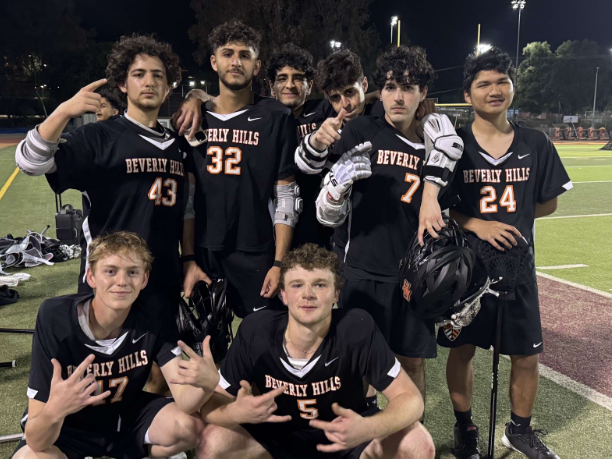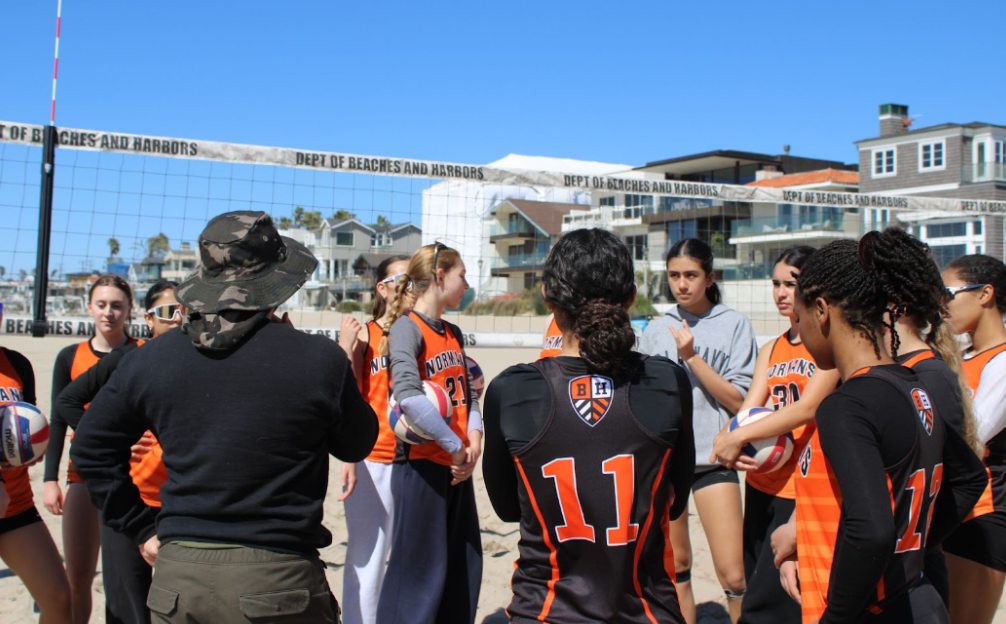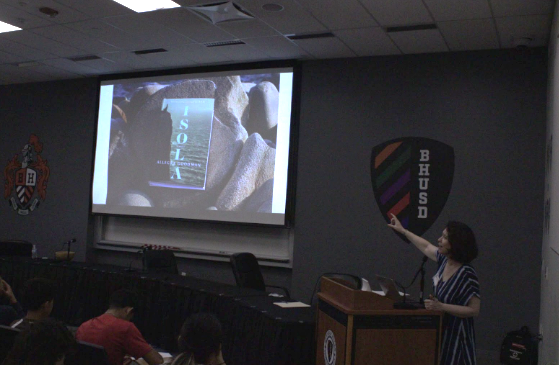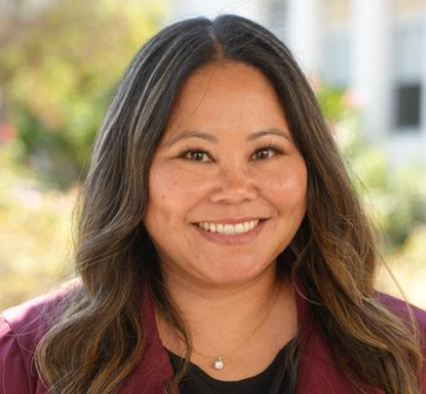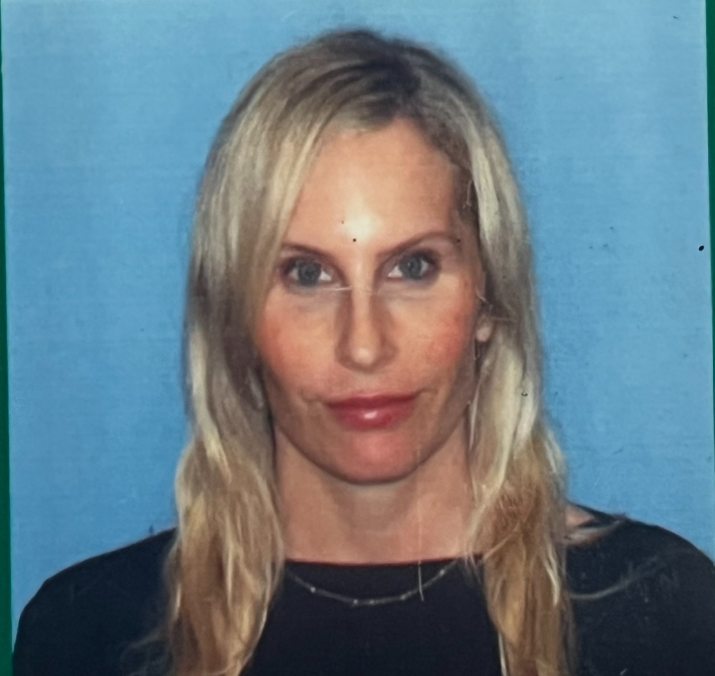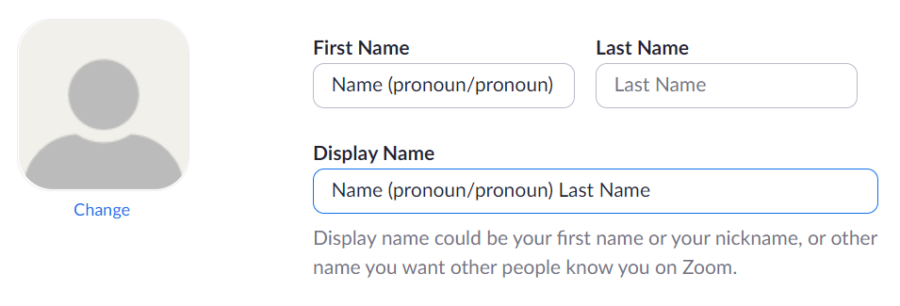Daria Milovanova staff writer
Let’s talk about pronouns. What they are, why they are important, and why you should include them in your Zoom and social media bios.
It is a common practice to use pronouns to refer to people instead of using their name, but what do pronouns actually mean? Pronouns are a way to signify a person’s gender. For cisgender people, people whose gender is the same as the sex asigned to them at birth, their pronouns may mean nothing. However, to some individuals, their pronouns are an integral part of who they are and a key way of expressing their gender identity.
So why include pronouns in your Zoom name and social media bios? Here are three simple reasons:
- It’s a great way to show that you are an LGBTQ+ ally
Having pronouns in your Zoom name sends out a powerful message to all transgender and genderqueer people. Even this small gesture is capable of indicating that you will pay attention to their pronouns, use the correct ones and avoid misgendering them. Senior Ava Dadvand emphasized that pronouns in bios signal to her that the person is a supportive ally to the transgender communty.
“I think the biggest reason why you should have pronouns in your name is because it lets me know that you’re an ally, like a real ally. I blatantly view the people that have their pronouns and their Zoom names or their bios much more fondly, especially if it’s a teacher. That’s a very good sign, especially to trans kids that are in the closet,” Dadvand said. “I think more than anything, having cis[gender] people having their pronouns and their Zoom names is important because that lets you know who’s really on your side and who’s there for you.”
- Normalize the practice
To many transgender and genderqueer individuals, displaying pronouns in social media bios and Zoom names is a means of indicating their gender identity in the largely cis-normative society. If this was an exclusively transgender and genderqueer practice, their pronouns could draw dangerous, unwanted attention to their LGBTQ+ status. For me as a nonbinary person, including my pronouns on social media is an alternative, inconspicuous way of informing people of my gender identity instead of having to enunciate it at every new acquaintance. Senior Josh Neidleman shared his opinion on how cisgender individuals can help avoid the negative attention genderqueer pronouns may draw on social media.
“I think people should make their pronouns visible because it makes society more navigable and safe for non-cis individuals. Trans and nonbinary people often make their pronouns visible out of necessity to prevent misgendering,” Neidleman said. “However, this can make it so pronouns become a giant bulls-eye on their profiles, so to speak. When cis people make their pronouns visible, it makes it so that simply adding pronouns to a bio is not a signifier for LGBT people.”
- Make the classroom more inclusive
As students, it is important to us to have a clear and trustful line of communication with our teachers. Helping students feel safe, respected and supported in a classroom with a simple action like including pronouns in their Zoom name is an easy way a teacher can encourage inclusivity in the classroom.
“In terms of gender identification, when I include pronouns on my Zoom screen — even though I’m a cis[gender]male — I am making clear that the burden of indicating pronouns should not fall solely on gender non-conforming students,” English teacher Dr. Steven Rubenstein said.
The Beverly student body consists of a variety of diverse, multifaceted and creative students. Including pronouns in your bio is a simple way you can embrace diversity and endorse inclusivity in our community. In conclusion, there is little to no risk involved in placing pronouns in Zoom names and/or social media bios for a cisgender person as long as they are comfortable with their gender identity. For transgender and genderqueer individuals, myself included, our pronouns are one of the ways of making ourselves visible to the world in which cisgender identities are percieved as the default expectation.
“I changed my pronouns to she/they in December 2020 after I spent months exploring my gender identity in quarantine…When I finally made the change in my bio, I felt at peace with myself. I truly felt for the first time in my life that I felt like myself. I felt like Aasha, not someone that I pretend to be for other people,” senior Aasha Sendhil said. “I also felt incredibly relieved and like a weight had lifted off my shoulders because I had finally become honest with myself and everyone around me without having to explicitly tell people that I’m genderfluid. The subtlety of changing my pronouns in my bio made me feel like I have control over my identity and no one can question that.”








